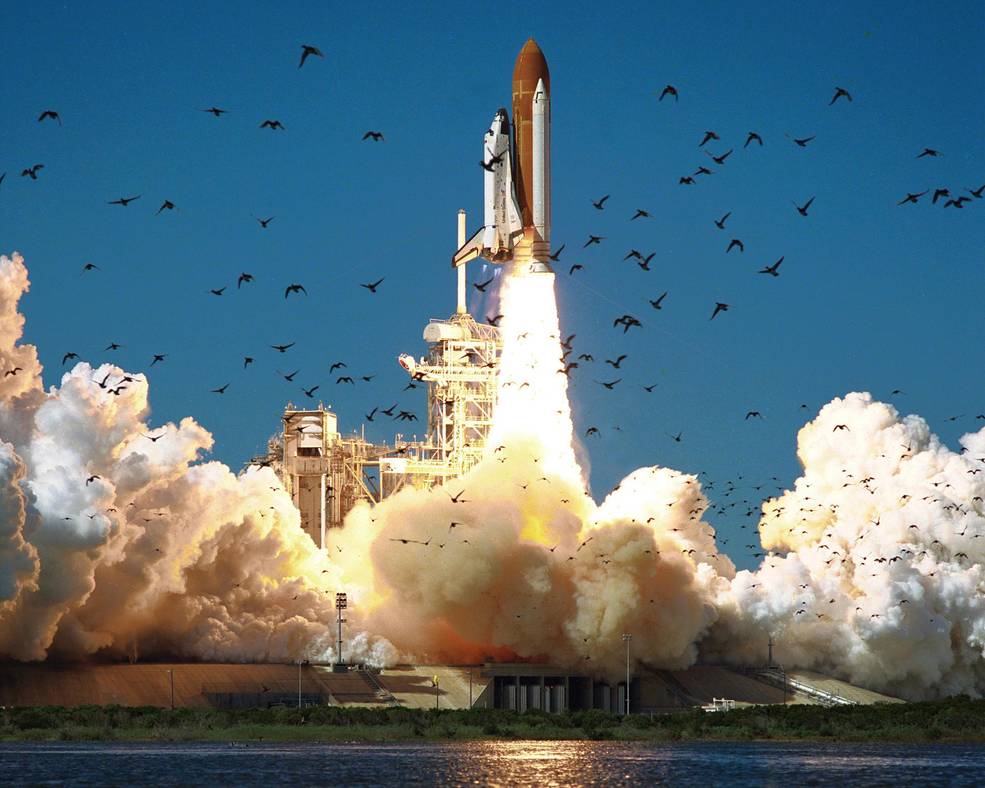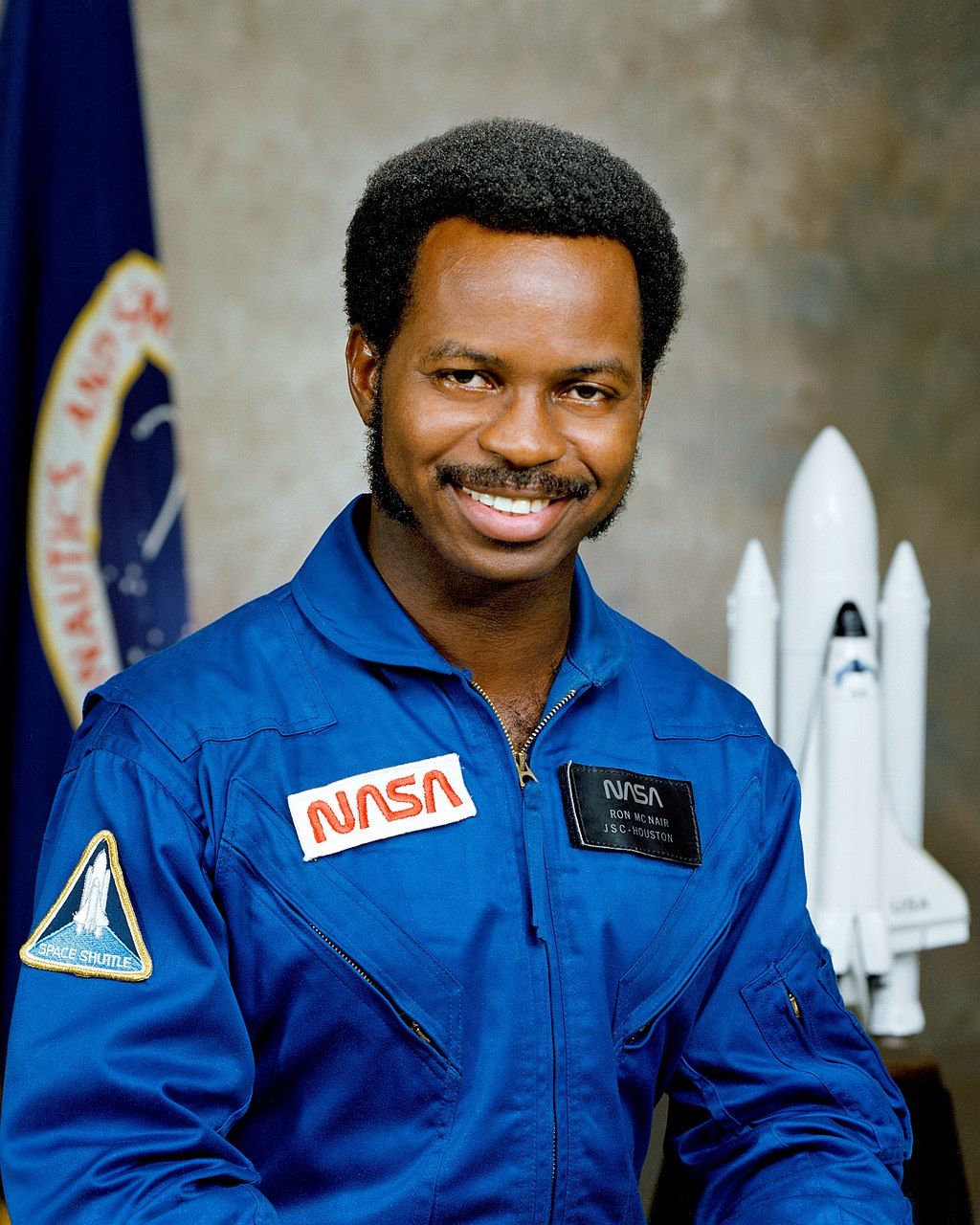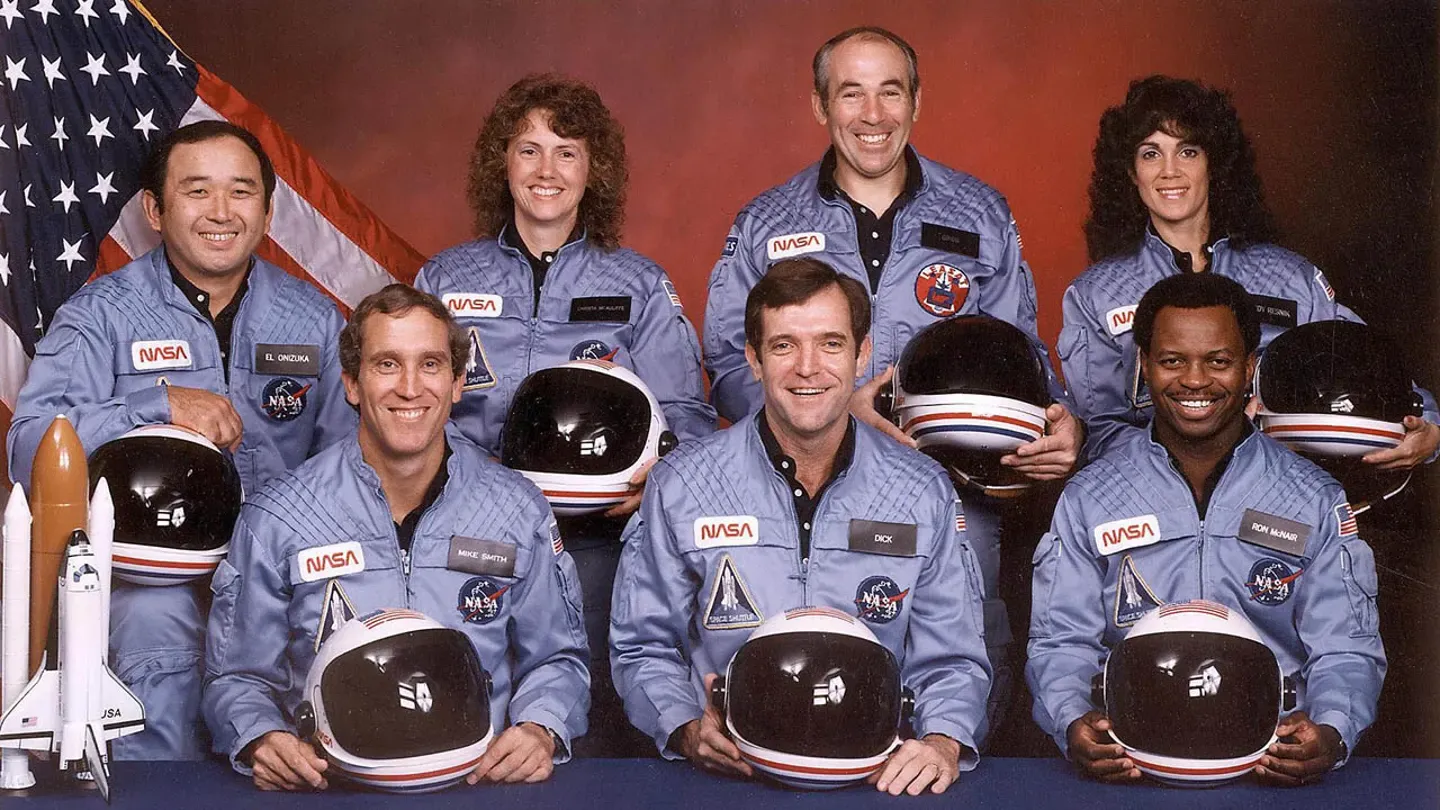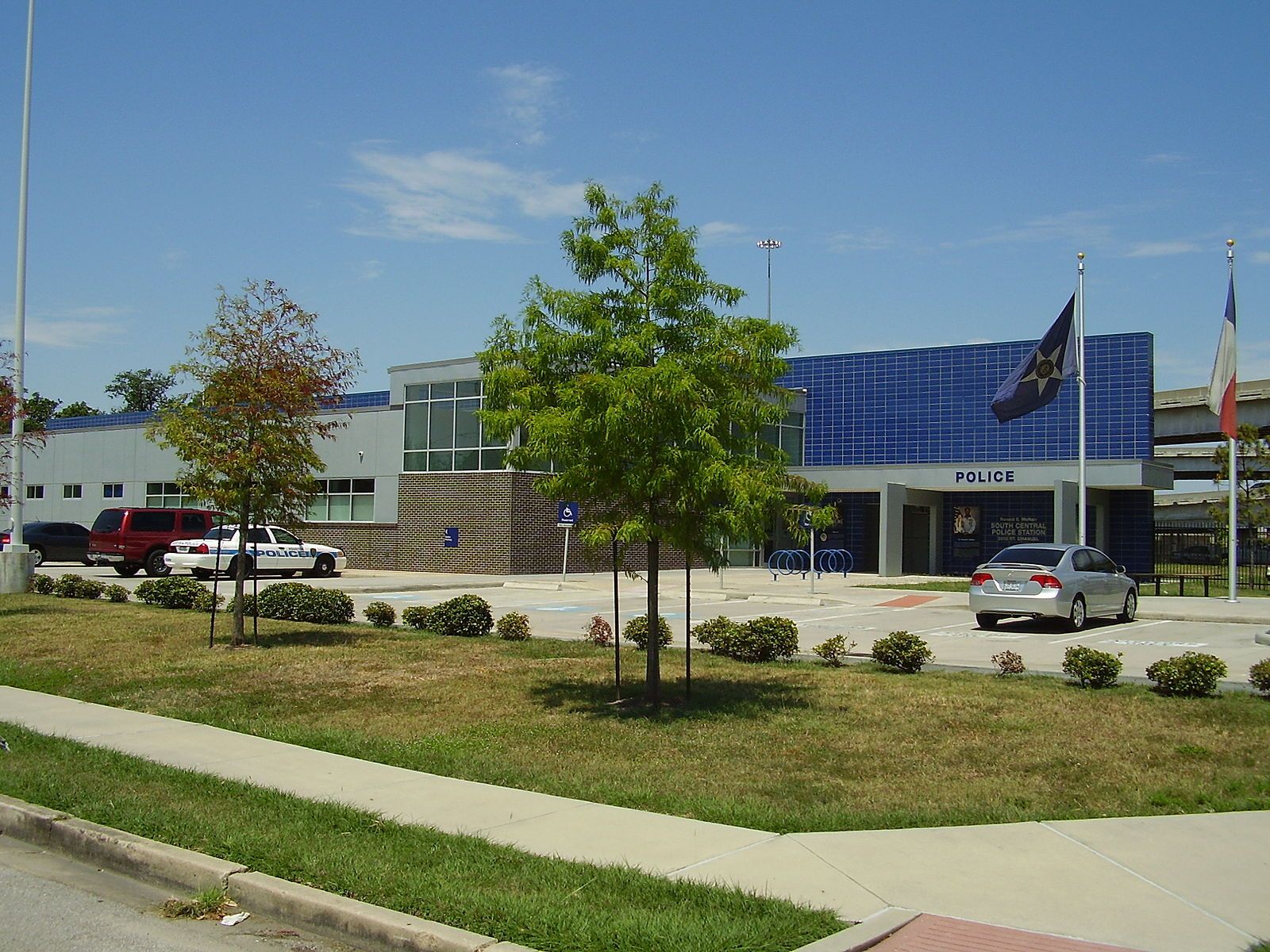Black History Month: Breaking Barriers
The McNair brothers worked dawn till dusk in South Carolina fields making $4 dollars a day to help their family. McNair said, “I gained qualities in that cotton field. I got tough. I learned to endure. I refused to quit.”

Maybe one day, we won’t have to make a special space or month to include the contributions of those excluded from American history classes because of skin color, nationality, gender, or sexual orientation. But that’s not today. Today we need Black History Month, and we need months for all those whose lives touch ours through discoveries in medicine, technology, science, civil rights, sports, or the arts.
My final offering for Black history month is in remembrance of a man who lived in the Greater Houston area. His death was one of the greatest tragedies in national and international history. I was an invited guest to the launch of Space Shuttle Challenger by Commander Dick Scobee, where Ron McNair served as one of three mission specialists and was among the seven crew members who perished on the fateful mission.

Dr. Ron McNair
NASA Astronaut, Physicist, Musician
His story is a life of overcoming and reaching heights well beyond the barriers created for him as a little boy in South Carolina.
Dr. Ron McNair became the second African American in space in 1984. But his journey to NASA began in the cotton fields and tobacco farms of South Carolina. His story is the achievement of the American dream, in spite of . . ..
And the story of an exemplary life that ended too soon.
The McNair brothers worked dawn till dusk in South Carolina fields making $4 dollars a day to help their family. McNair said, “I gained qualities in that cotton field. I got tough. I learned to endure. I refused to quit.”
At only nine-years-old, he refused to leave a library without the books he wanted to borrow. The librarian told him that the library only allowed whites to check out books, not “coloreds.” She called the police. He waited for the police and his mom to arrive. The police ordered the librarian to let Ron borrow the books he had selected.
So, what inspired a nine-year-old, stifled by the harsh hand of racism and intentional disadvantage, to dream of space? He developed a love of science from the launch of the Soviet Sputnik satellite, and Star Trek with its multi-ethnic cast of space travelers.
McNair pursued his education with the help of a back-handed scholarship, one that was awarded to any Black student who would go to school out of state ----to get them out of South Carolina. McNair was a magna cum laude graduate receiving a Bachelor of Science degree in engineering physics from the North Carolina Agricultural and Technical State University.
In 1976, he received a PhD in Physics from the Massachusetts Institute of Technology, (MIT) under the guidance of Michael Feld, becoming nationally recognized for his work in the field of laser physics. Also in 1976, McNair won the AAU Karate gold medal. He would subsequently win five regional championships and earn a 5th degree black belt in karate.
He had a brilliant mind able to hold the complexities of science, the mathematical beauty of music, and the physical accomplishment of a star athlete and black belt in karate.
McNair was an accomplished saxophonist. He worked with French composer and performer Jean-Michel Jarre on a solo that was to be the first original piece of music to have been recorded in space for Jarre’s, "Last Rendez-Vous," the subtitle "Ron's Piece." After the tragedy, Jarre wrote, “Ron was so excited about the piece that he rehearsed it continuously until the last moment. May the memory of my friend the astronaut and the artist Ron McNair live on through this piece." Jarre’s live concert, Rendez-vous Houston was to feature McNair, live from the shuttle.
We had become too accustomed to space shuttles and never thought we’d see a tragedy like Challenger. I was even teased when I left the KHOU newsroom for vacation days at the launch that I better take my press passes, ‘just in case.’


I certainly never expected to watch from the viewing area, the mysterious and unusual trails of smoke that signaled disaster and the deaths of all crewmembers, including Ron McNair.

Ron McNair lives on in American history. His life has been honored and celebrated with a posthumously awarded Congressional Space Medal of Honor in 2004, along with all crew members lost in the Challenger and Columbia disasters.

There is also the Ron E. McNair South Central Police Station of the Houston Police Department.
The Ron McNair Park in Brooklyn, New York. The McNair Building at MIT, the crater, McNair on the moon, and many others.
Remember the South Carolina library incident? Where "coloreds" could not check out any books? That library is now the Ronald McNair Life History Center.
